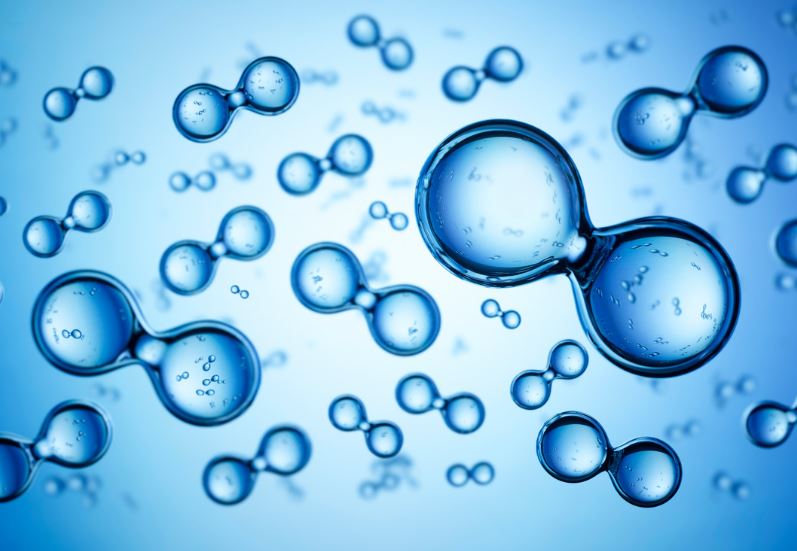Global demand for hydrogen reached nearly 100 million tonnes (Mt) in 2024, up around 2 % from the previous year and largely driven by traditional industrial uses such as refining and ammonia production.
However, less than 1 % of that volume came from low-emissions hydrogen technologies — a stark indication of how far deployment is lagging relative to ambition.
Analysis from the International Energy Agency (IEA) in its Global Hydrogen Review 2025 reveals a recalibration of expectations for the sector. Based on announced projects, potential production of low-emissions hydrogen by 2030 has been lowered to approximately 37 Mt per annum (Mtpa), down from the 49 Mtpa prospect as of last year’s report.
This decline reflects widespread delays, suspensions of plans, and a growing gap between announcements and final investment decisions (FIDs).
While the pipeline has shrunk, the IEA still forecasts a growth of more than five-fold in production from projects that are either operational, under construction or already reached FID — from negligible levels today to over 4 Mtpa by 2030.
But given that 4 Mt corresponds to only around 4 % of total hydrogen demand by 2030, this still leaves the sector a long way from becoming transformative.
Several structural challenges are underpinning the slower pace. First, the cost gap between low-emissions hydrogen (green or blue) and conventional fossil-based hydrogen remains significant. The IEA points to falling electrolyser efficiency improvements, inflation-driven capital costs, and a recent sharp decline in natural gas prices, which collectively widen the competitive disadvantage for low-emissions routes.
Second, demand-side offtake remains weak: only 1.7 Mtpa of offtake agreements were signed in 2024, down from 2.4 Mtpa in 2023, and only about 20 % of those agreements were firm.
Third, infrastructure and permitting bottlenecks, particularly for carbon capture, transport and storage (CCUS) as well as hydrogen transport networks, are delaying project scheduling and pushing many electrolyser projects beyond their original timelines. More than half of announced projects are assessed by the IEA as having “low potential or uncertain” to be operational by 2030.
Geographically, leadership in deployment is concentrated. China accounts for roughly 65 % of global electrolysis capacity installed or at FID as of 2024, and nearly 60 % of global electrolyser manufacturing capacity.
Europe follows but still trails in mature project execution. In regions such as Southeast Asia, while ambitious pipelines exist (e.g., low-emissions hydrogen production could reach ~480 ktpa by 2030 in announced projects), only about 6 % of those have reached FID — underscoring the risk of counting on early-stage announcements.
On the technology front, the dominant near-term pathway remains natural gas reforming with CCUS rather than green hydrogen via large-scale electrolysis. Over 90 % of announced low-emissions hydrogen production by 2030 is expected to come from fossil-based feedstocks with capture rather than pure renewable routes.
That reality raises questions about how quickly the industry can scale truly zero-emissions hydrogen in heavy-duty sectors such as steel, shipping and aviation — sectors for which hydrogen has often been held out as an essential decarbonization lever.
To avoid further drift between ambition and delivery, the IEA underscores the necessity of policy frameworks that foster demand, secure offtake, and reduce cost risks. In regions with higher natural-gas prices and strong renewables potential (e.g., parts of Europe), the cost gap is expected to narrow by 2030; in contrast, areas with cheap gas remain disadvantaged without strong incentives for low-emissions alternatives.
In summary, while the low-emissions hydrogen sector retains significant long-term potential, the 2025 assessment signals a more cautious near-term outlook — one marked by execution risk, cost hurdles, and the need for demand catalysis rather than mere project announcements.
Stay updated on the latest in energy! Follow us on LinkedIn, Facebook, and X for real-time news and insights. Don’t miss out on exclusive interviews and webinars—subscribe to our YouTube channel today! Join our community and be part of the conversation shaping the future of energy.





